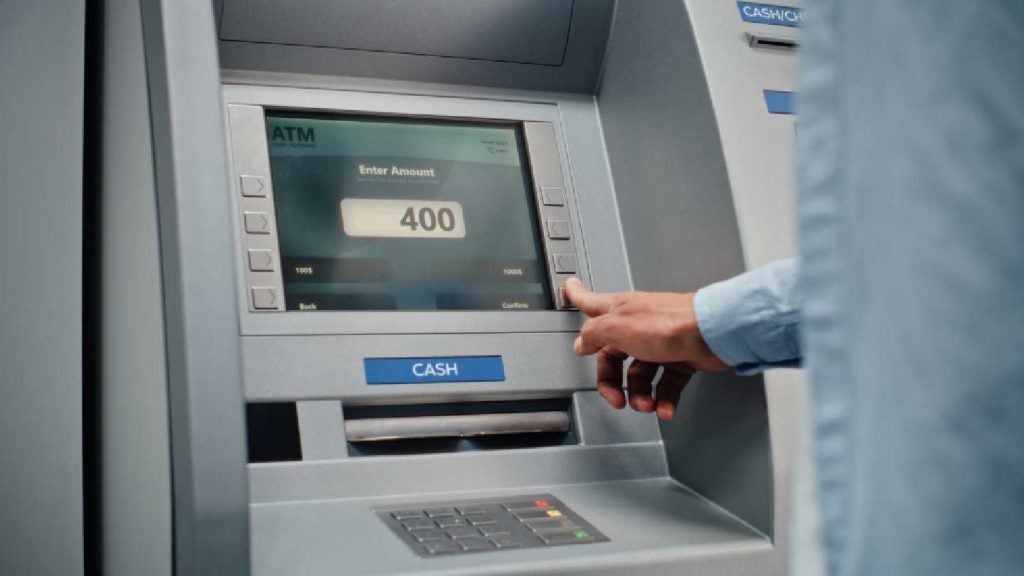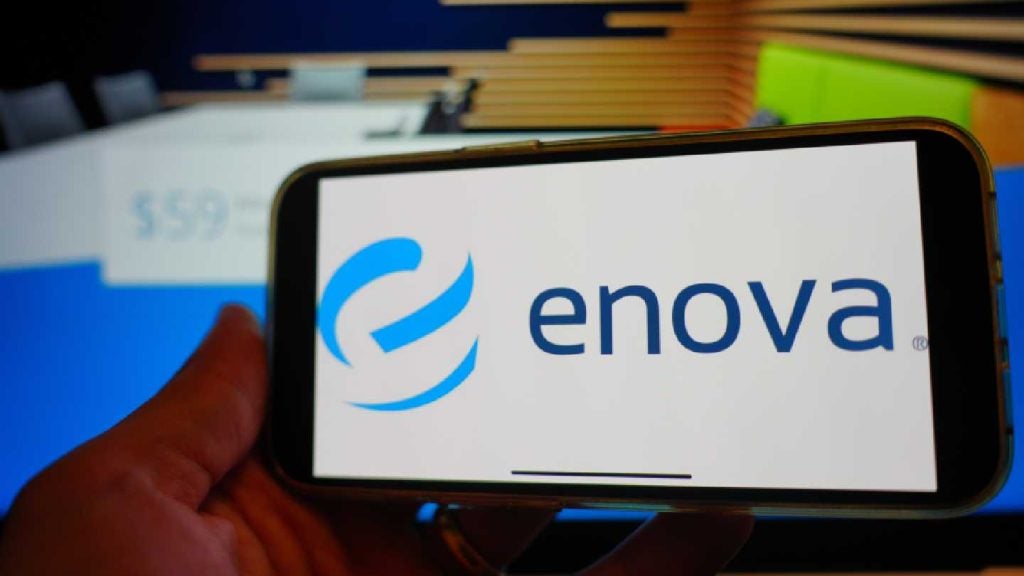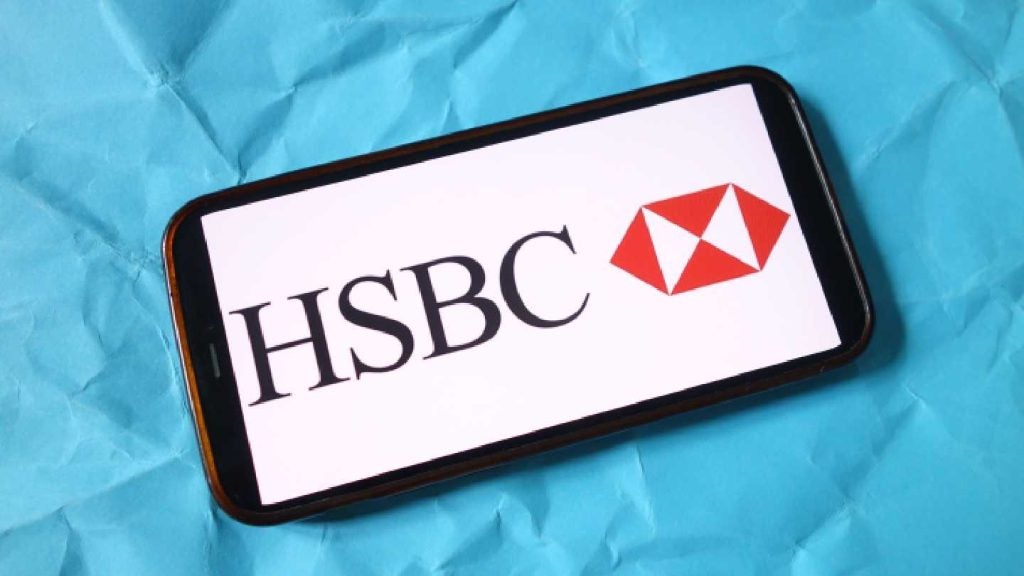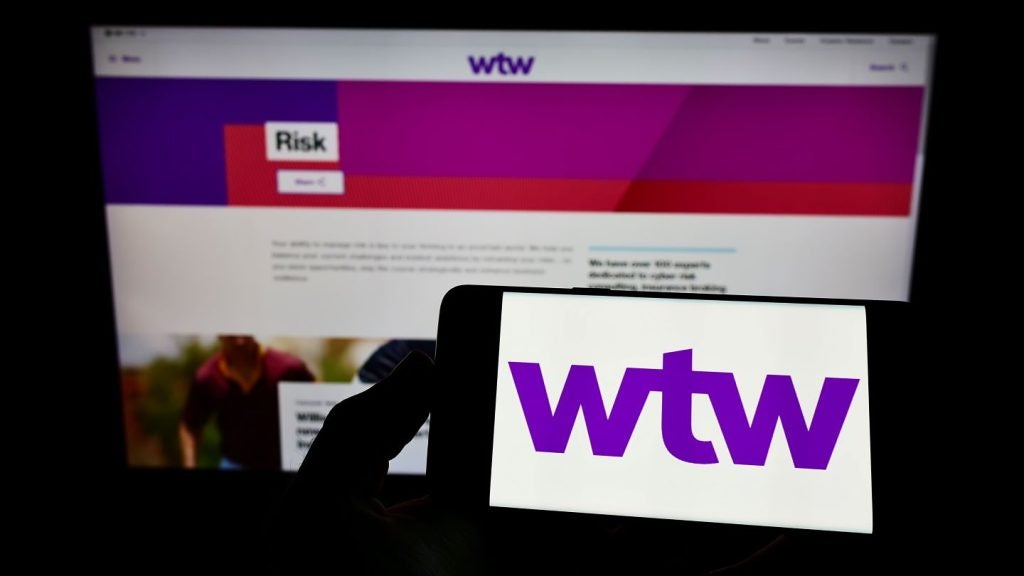A report from the pollsters YouGov, flagged up
to me James Richards of the service provider Intelligent
Environments, gave me pause for thought.
Bluntly, students are leading the drive
towards take up of mobile money technology at a lightning fast
rate.
According to YouGov, 53% of students who own a
smartphone would manage their bank accounts via their mobile
device.
A quarter (25%) of students with a smartphone
meanwhile said they would use their mobile for peer to peer
transfers, while almost one-half of students (47%) said that they
would be interested in using their mobile device, if possible, to
swipe across a payment reader to ‘wave and pay’ for goods or
services.
The tipping point for smartphone ownership has
finally arrived, certainly in the UK and other mature
economies.
In the UK, over one-half of the adult
population of now runs a smartphone, up from 33% this time last
year.

US Tariffs are shifting - will you react or anticipate?
Don’t let policy changes catch you off guard. Stay proactive with real-time data and expert analysis.
By GlobalDataAs the number of mobile wallet offerings
mushrooms, the use of mobile money applications is only going to
grow.
Telcos, banks and technology providers are all
investing heavily in the mobile channel to open up new revenue
streams but there remains a distinct lag in end-user adoption.
The availability of mobile wallets in itself,
will not be enough.
Mobile wallet providers need to get their
distribution strategy right.
In emerging markets, where mobile penetration
is much higher than traditional banking channels, it makes sense to
leverage the mobile distribution network to promote the digital
wallet to consumers.
By contrast, in the more mature markets, it
makes sense to sell a digital wallet via an app store.
With the proliferation of mobile wallets, the
need to achieve some form of differentiation will become
increasingly important.
Added value content, such as mobile tools to
enable consumers to manage personal finances or apps enabling
end-to-end mobile transactions will be a minimum requirement.
It would also be useful if wallet providers
could ensure that the same wallet can be used in a number of
establishments and channels.
Finally, some regard to the customer user
experience would be useful, not to say essential.
This writer’s first practical experience of
using a mobile app to purchase a railway ticket in the UK was
lamentable – so bad that the experience has not been repeated.
Yes, it is now possible via a smartphone app
to purchase a railway ticket, avoiding the need to join a lengthy
queue at a ticket office.
It works splendidly, provided you do not mind
accepting a two hour delay before the ticket can be collected at a
self-service ticket machine at the railway station.
The surprisingly disappointing results of
Google’s launch this time last year of a mobile wallet has allowed
rival offerings from such as PayPal to capture the headlines.
Back in the UK, attention now turns to the
long awaited O2 Wallet, offering
P2P payments, barcode searches for online
price comparison shopping, daily discounts from major retailers
(including Debenhams, Sainsbury’s Direct, and Tesco Direct), debit
card and a Visa pre-paid card for online and high street
shopping.
In the offing are additional services to allow
customers to use the O2 Wallet to top-up mobile balances, buy train
tickets and make mobile contactless payments via NFC
technology.
The launch was not without its problems,
having been put back from the intended roll out date of late
2011.
It will be fascinating to chart the success of
the O2 wallet, given the apparent enthusiasm for such services,
especially among the student and young adult segments of the
market.








